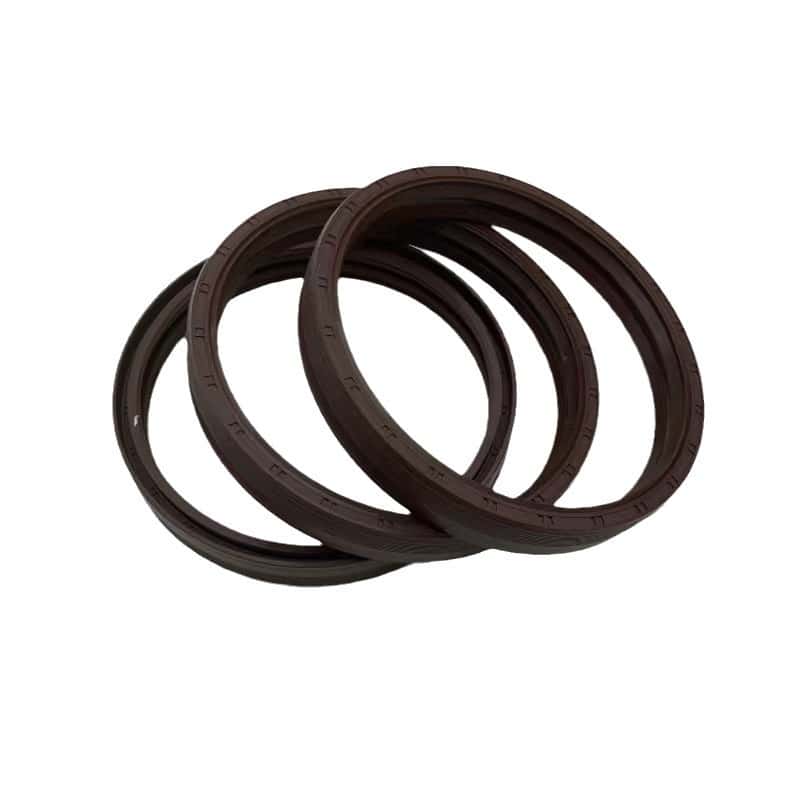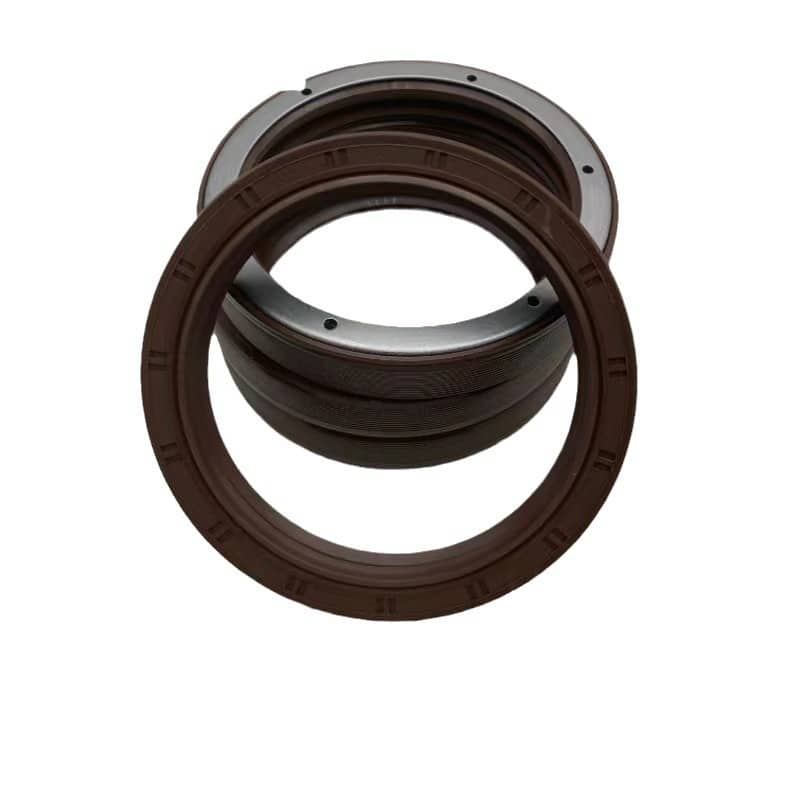Noticed oil stains near your rear wheels? That could be a rear axle seal leak—a silent issue that can lead to brake failure and costly repairs.
A leaking rear axle seal allows gear oil to contaminate brake components, compromising safety. Early detection and proper repair are crucial to prevent further damage.

In this guide, we'll explore the symptoms of a leaking rear axle seal, how to fix it, and the best seal options to ensure your vehicle's safety and performance.
What are the signs of a leaking rear axle seal?
Identifying a leaking rear axle seal early can save you from extensive repairs. Common symptoms include:
- Oil on the inside of the rear wheel: Gear oil leaking onto the wheel or brake components.
- Burning oil smell: Oil contacting hot brake parts emits a distinct odor.
- Smoke from the wheel area: Indicates oil burning on the brakes.
- Soft or spongy brake pedal: Contaminated brake pads reduce braking efficiency.
- Visible oil drips under the rear axle: Puddles or stains on the ground.

If you notice any of these signs, it's essential to inspect and address the issue promptly to maintain vehicle safety.
How to fix a leaking rear axle seal?
Repairing a leaking rear axle seal involves several steps:
- Lift the vehicle: Safely raise and support the vehicle.
- Remove the wheel and brake components: Access the axle by removing the wheel, brake caliper, and rotor.
- Drain the differential fluid: Remove the differential cover and drain the fluid.
- Remove the axle shaft: Depending on the design, you may need to remove C-clips or bolts.
- Extract the old seal: Use a seal puller to remove the damaged seal.
- Install the new seal: Carefully press the new seal into place.
- Reassemble components: Reinstall the axle shaft, brake components, and wheel.
- Refill differential fluid: Fill with the appropriate gear oil.
For a detailed guide, refer to our Oil Seal Installation Guide.
What causes rear axle seals to leak?
Several factors can lead to rear axle seal leaks:
- Worn or damaged seals: Age and wear can degrade seal integrity.
- Improper installation: Incorrect installation can cause premature failure.
- Contaminated or low-quality gear oil: Affects seal performance and longevity.
- Axle shaft issues: Scored or damaged shafts can compromise the seal.
- Clogged axle vents: Pressure buildup forces oil past the seal.
Regular maintenance and using high-quality components can prevent these issues.
How to prevent rear axle seal leaks?
Preventative measures include:
- Regular inspections: Check for signs of leaks during routine maintenance.
- Use quality seals and lubricants: High-quality materials ensure better performance.
- Proper installation: Follow manufacturer guidelines for seal installation.
- Maintain correct fluid levels: Overfilling or underfilling can cause pressure issues.
- Clean axle vents: Ensure vents are free from debris to prevent pressure buildup.
Implementing these practices can extend the life of your axle seals and prevent leaks.
Best rear axle seal materials for durability?
Choosing the right seal material is crucial:
| Material | Characteristics | Best Use Cases |
|---|---|---|
| NBR (Nitrile) | Good resistance to oil and wear | Standard driving conditions |
| FKM (Viton) | Excellent high-temperature and chemical resistance | High-performance or heavy-duty applications |
| PTFE (Teflon) | Low friction, high chemical resistance | Specialized applications |
For more information on seal materials, visit our PTFE vs. FKM Chemical Seals Guide.
Conclusion
A leaking rear axle seal is a serious issue that can compromise vehicle safety. Early detection, proper repair, and preventative maintenance are key to ensuring your vehicle's performance and longevity.
Need assistance with rear axle seals?
For OEM-grade rear axle seals and expert advice, contact us:
📧 Email: [email protected]
📲 WhatsApp: +86 17622979498
Related topic
Axle Seal Guide Introduction
Axle Seal Replacement Cost & Tools
Oil Seal Installation Guide


